In a rapidly evolving landscape of defense technology, Shield AI stands at the forefront, pushing the boundaries of what’s possible with AI-powered autonomous drones. The company’s co-founder, Brandon Tseng, recently offered a glimpse into their ambitious mission and the potential paradigm shift AI could bring to military operations. These insights come from an eye-opening Business Insider article that delves into the heart of this cutting-edge technology.
From Ukraine’s Battlefields to Silicon Valley Boardrooms
Tseng, leveraging his background as a former Navy SEAL, has taken a hands-on approach to product development and sales. He’s been on the ground in Ukraine, showcasing Shield AI’s technology to military officials in some of the most dangerous areas of the conflict. This high-stakes field testing has paid off, with the company’s drones reportedly outperforming many competitors in the challenging electronic warfare environment.
“Ukraine has been a great laboratory,” Tseng told policymakers at a recent hearing in Silicon Valley. “What I think the Ukrainians have discovered is that they’re not going to use anything that doesn’t work on the battlefield, period.”
This real-world validation is crucial, as many U.S. startups have seen their drones fail in Ukraine due to Russia‘s sophisticated GPS jamming technology. Shield AI claims their systems can operate effectively without relying on GPS, giving them a significant edge in combat situations.
AI Pilots and the Dawn of Autonomous Swarms
Shield AI’s mission statement is both simple and revolutionary: “We built the world’s best AI pilot,” Tseng declared. “I want to put a million AI pilots in customers’ hands.”
This vision extends far beyond just airborne systems. The company is developing AI software to make various vehicles autonomous, including underwater and surface systems. Their hardware offerings, like the V-BAT drone, complement this software-driven approach.
Tseng paints a picture of future warfare that seems straight out of science fiction:
“A single person could command and control a million drones,” he explained. “There’s not a technological limitation on how much a single person could command effectively on the battlefield.”
This concept draws parallels to the 1985 sci-fi classic “Ender’s Game,” where a single commander controls vast space armies. “Except instead of actual humans that he was commanding, it’ll be f—ing robots,” Tseng added bluntly.
Navigating Ethical Waters and Maintaining Human Control
Despite the push for advanced AI in military applications, Shield AI maintains a firm stance on human control over lethal force. This position is crucial as the debate over fully autonomous weapons systems heats up in defense circles.
Tseng emphasized their ethical stance: “I’ve had to make the moral decision about utilizing lethal force on the battlefield. That is a human decision and it will always be a human decision. That is Shield AI’s standpoint. That is also the U.S. military’s standpoint.”
He firmly opposes the development of fully autonomous weapons, stating, “Congress doesn’t want that. No one wants that.” This approach aligns with current U.S. military policy, although it’s worth noting that the military does not explicitly ban companies from developing such technologies.
Funding the Future of Defense
Shield AI’s vision has attracted significant investment, with the company raising over $1 billion from various sources, including venture capital firms and government contracts. A recent $198 million contract from the Coast Guard underscores the growing interest in their technology from official channels.
The potential value of AI-related federal contracts has skyrocketed, reaching $4.6 billion in 2023, up from $335 million in 2022. However, this still pales in comparison to the estimated $70 billion that venture capitalists invested in defense tech during roughly the same period.
DroneXL’s Take
The rapid advancement of AI-powered drones for military use opens up a Pandora’s box of possibilities and concerns. While Shield AI’s technology shows immense promise in overcoming challenges like GPS jamming and offering unprecedented command and control capabilities, it also raises critical questions about the nature of future conflicts and the role of autonomous systems on the battlefield.
As we’ve explored in recent articles on artificial intelligence in drones, the integration of AI is accelerating across various applications, from civilian to military use. The vision presented by companies like Shield AI – of vast swarms of autonomous drones controlled by a single operator – is both awe-inspiring and potentially alarming.
It’s crucial that as this technology develops, we maintain a robust dialogue about its ethical implications, potential risks, and the safeguards needed to ensure responsible use. The stance taken by Shield AI on maintaining human control over lethal decisions is encouraging, but as the technology evolves, these ethical boundaries may face increasing pressure.
The use of Ukraine as a “laboratory” for testing these advanced systems also raises questions about the role of ongoing conflicts in shaping future military technologies. While real-world testing is invaluable, we must also consider the human cost and broader geopolitical implications of such practices.
As we stand on the brink of this new era in warfare, it’s more important than ever to stay informed and engaged in the conversation surrounding AI-powered military technology. What are your thoughts on the use of AI-driven drone swarms in military operations? Do you see more potential benefits or risks? Share your perspective in the comments below and let’s keep this crucial dialogue going.
Discover more from DroneXL.co
Subscribe to get the latest posts sent to your email.

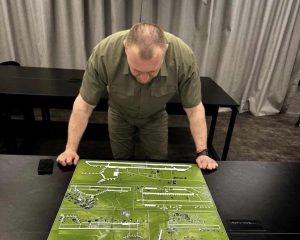
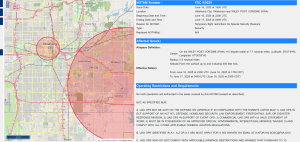
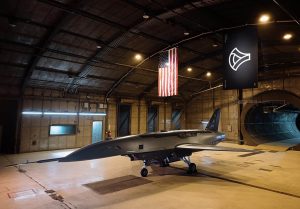


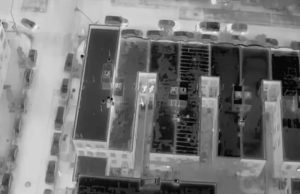


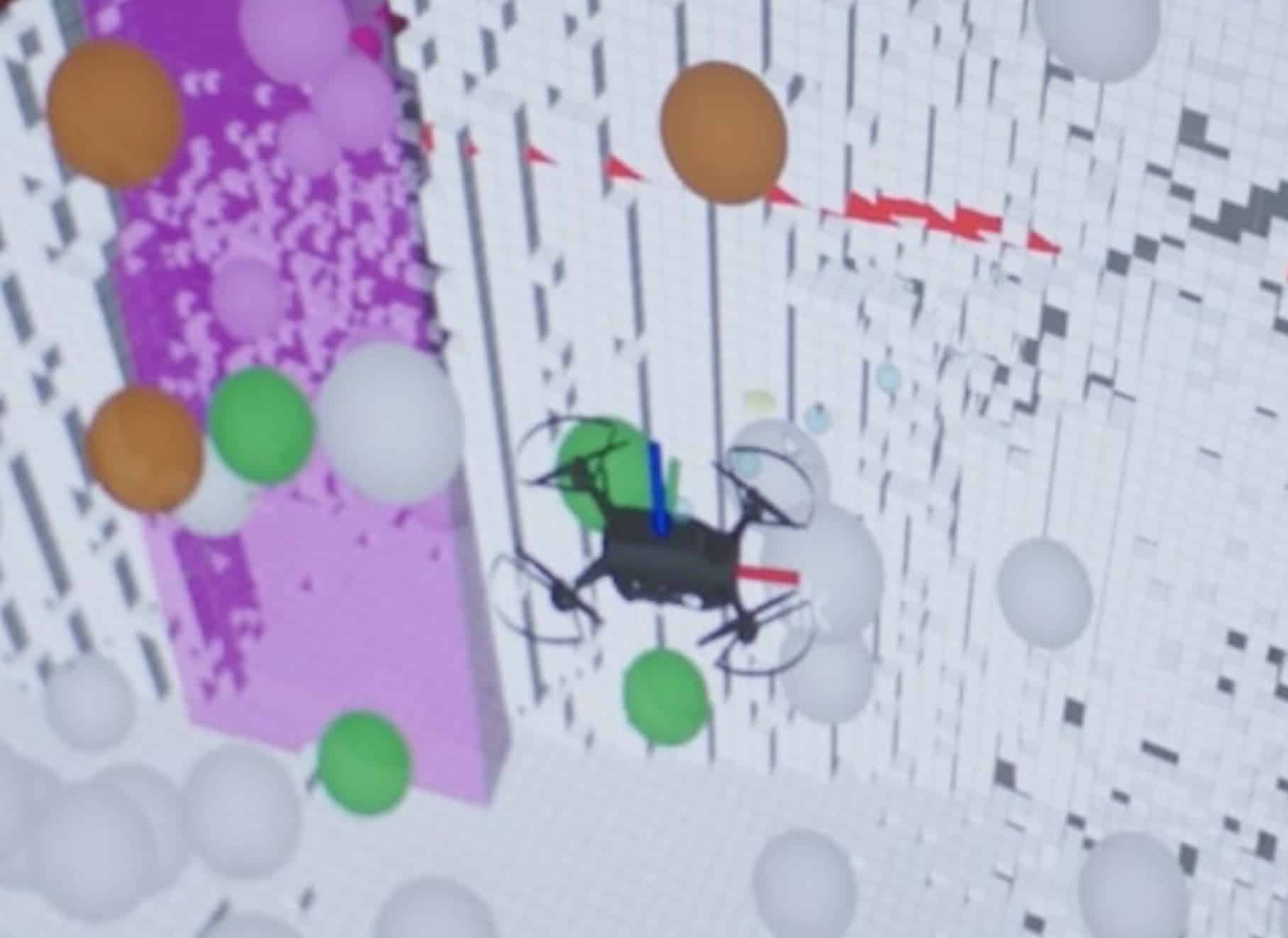
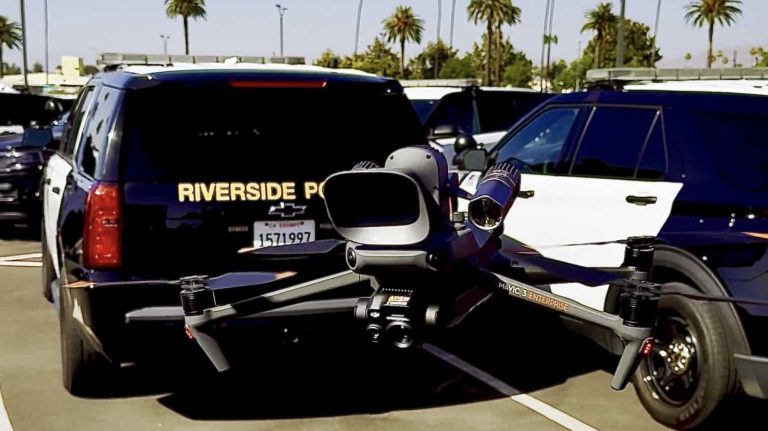
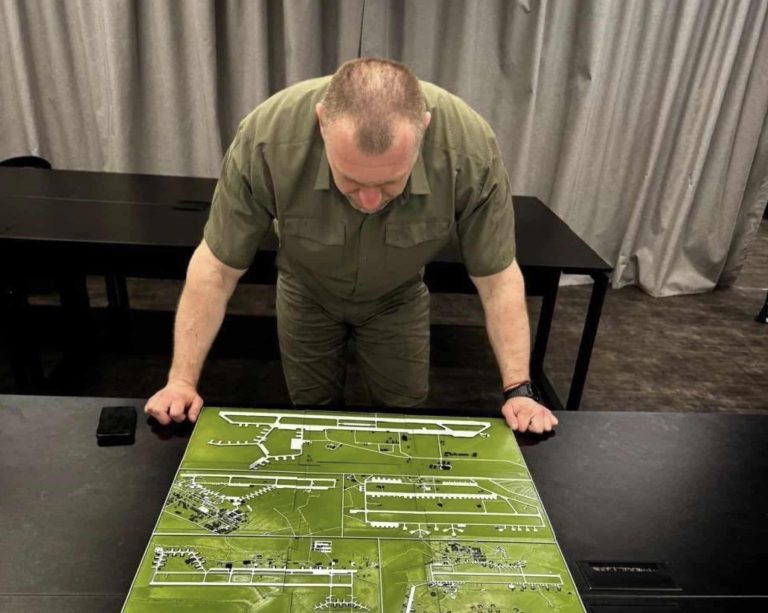
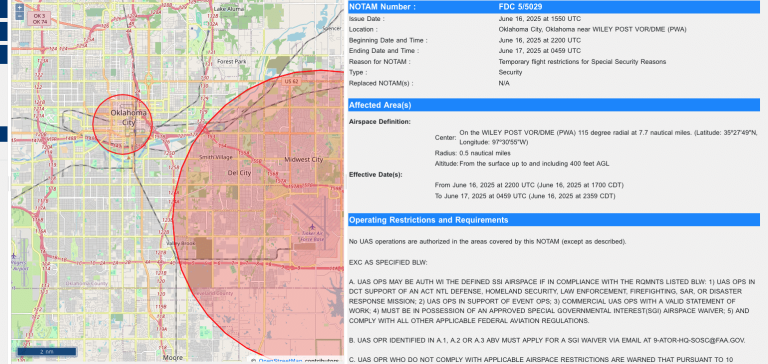


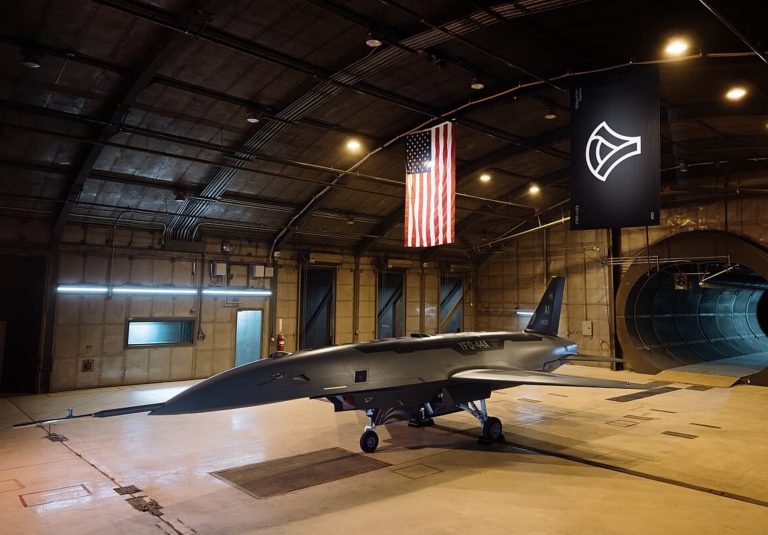

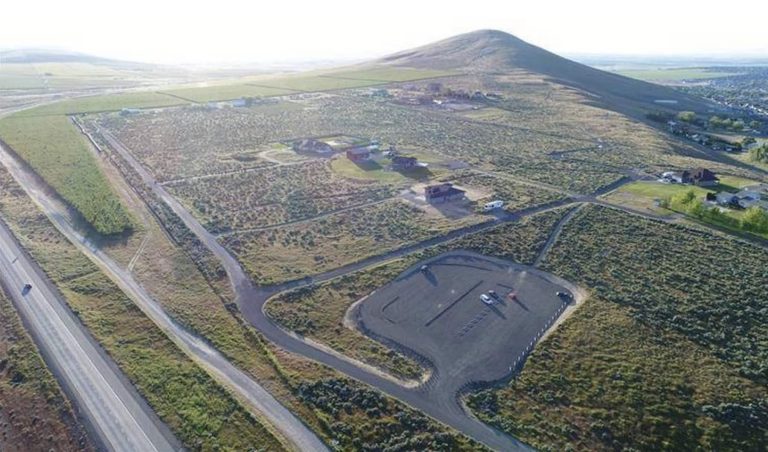
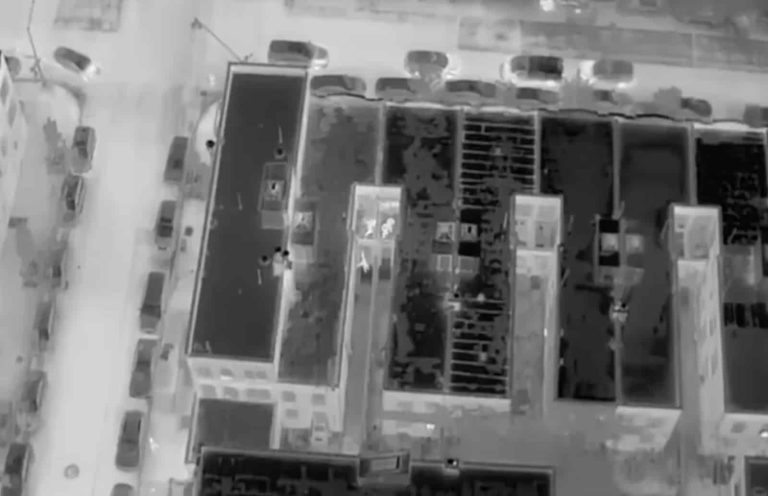

+ There are no comments
Add yours